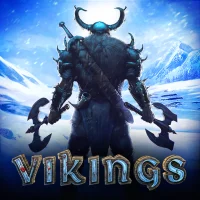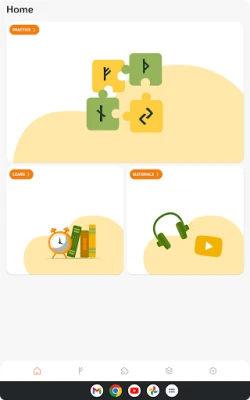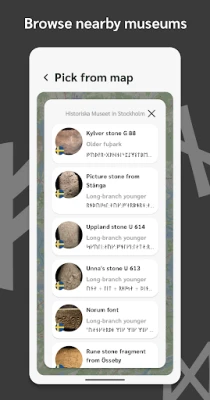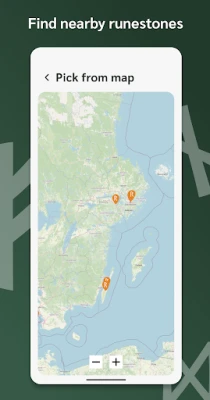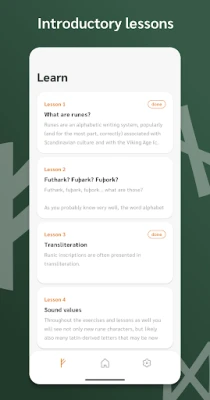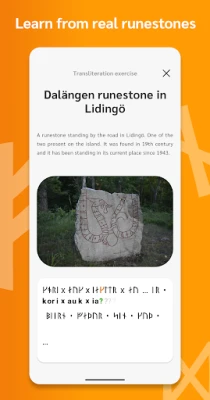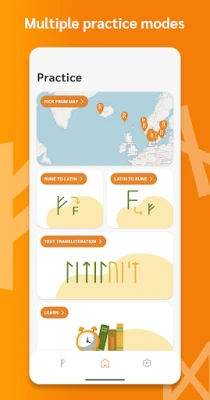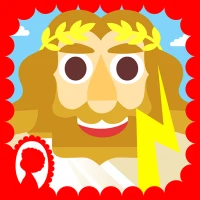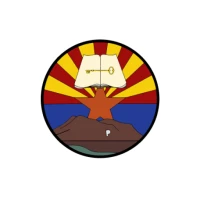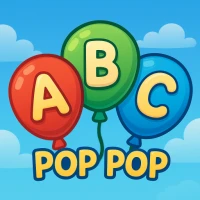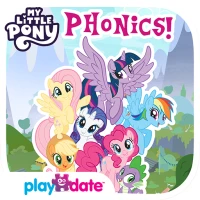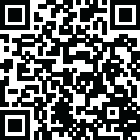
Latest Version
1.16
March 27, 2025
Litiluism
Education
Android
0
Free
com.tgarbus.litiluism
Report a Problem
More About Litiluism: Learn to read runes
Unlocking the Mysteries of Runic Writing: A Comprehensive Guide
Runic writing, an ancient script steeped in history, has fascinated scholars and enthusiasts alike for centuries. This article delves into the rich tapestry of runic scripts, offering insights into their origins, variations, and practical exercises to master their use. Whether you are a novice or an experienced linguist, this guide will equip you with the knowledge and tools to explore the world of runes.
Understanding the History of Runic Writing
Runic writing dates back to the early centuries of the Common Era, primarily used by Germanic tribes across Northern Europe. The earliest known runic inscriptions, found in Scandinavia, reveal a complex system of symbols that served various purposes, from communication to magical incantations. The runes themselves are believed to have been inspired by the Latin alphabet, yet they evolved into a unique script that reflects the culture and beliefs of the peoples who used them.
Throughout history, different regions developed their own variations of runic scripts, such as the Elder Futhark, Younger Futhark, and the Anglo-Saxon Futhorc. Each script carries distinct characteristics and historical significance, making the study of runes a captivating journey through time.
Comparing Different Runic Scripts
Understanding the differences between various runic scripts is essential for anyone interested in this ancient writing system. Here’s a brief overview of the most prominent runic alphabets:
- Elder Futhark: The oldest form of runic writing, consisting of 24 characters. It was predominantly used from the 2nd to the 8th centuries and is often associated with early Germanic tribes.
- Younger Futhark: A simplified version of the Elder Futhark, containing only 16 characters. This script became prevalent in Scandinavia during the Viking Age and is often seen in inscriptions on stones and artifacts.
- Anglo-Saxon Futhorc: An adaptation of the Elder Futhark, this script includes additional characters to accommodate the sounds of the Old English language. It was used primarily in England and Frisia.
Each script not only serves as a means of communication but also reflects the cultural and linguistic evolution of the societies that employed them.
Introductory Exercises: Practicing One Rune at a Time
To truly grasp the intricacies of runic writing, it is essential to practice each rune individually. Here are some introductory exercises designed to help you familiarize yourself with the shapes and sounds of the runes:
- Identify the Rune: Choose a rune from the Elder Futhark. Write it down and say its name aloud. Repeat this for each rune until you can recognize them all.
- Sound Association: For each rune, associate it with a word that starts with the same sound. For example, the rune ᚨ (A) can be associated with "apple."
- Writing Practice: Using a pen and paper, practice writing each rune multiple times. Focus on the shape and form to develop muscle memory.
These exercises will lay a solid foundation for your understanding of runic writing and prepare you for more advanced transliteration tasks.
Full Transliteration Exercises: Exploring Runic Inscriptions
Once you have a grasp of individual runes, it’s time to tackle full transliteration exercises. These exercises involve translating runic inscriptions from various regions and epochs, allowing you to apply your knowledge in practical scenarios. Here are some steps to guide you:
- Select an Inscription: Choose a runic inscription from a reputable source, such as a museum or academic publication. Ensure it includes a variety of runes.
- Transliterate the Text: Break down the inscription rune by rune, translating each character into its corresponding phonetic sound or letter.
- Contextual Analysis: Research the historical context of the inscription. Understanding its origin and purpose will enhance your comprehension of the text.
Engaging with real-world examples will deepen your appreciation for runic writing and its significance in historical narratives.
Recommended External Materials for Further Learning
To expand your knowledge of runic writing, consider exploring the following external materials, available in multiple languages:
- Books: Look for scholarly texts on runology, such as "Runes: A Handbook" by Ralph Blum or "The Book of Runes" by Edred Thorsson.
- Online Courses: Platforms like Coursera and Udemy offer courses on ancient scripts, including runes, often taught by experts in the field.
- Museum Resources: Many museums with historical collections provide online access to runic inscriptions and educational materials. The British Museum and the National Museum of Denmark are excellent starting points.
These resources will not only enhance your understanding of runic writing but also connect you with a community of learners and scholars passionate about this ancient script.
Conclusion
Runic writing is more than just an ancient script; it is a window into the past, revealing the thoughts, beliefs, and cultures of early Germanic peoples. By understanding its history, practicing individual runes, engaging in transliteration exercises, and utilizing recommended resources, you can unlock the mysteries of this fascinating writing system. Embrace the journey of learning runes, and you will find a rich world of knowledge waiting to be discovered.
Rate the App
User Reviews
Popular Apps
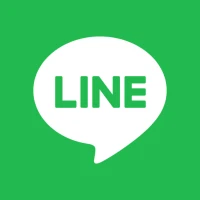
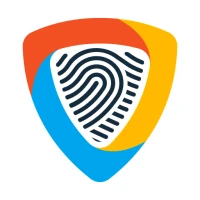








Editor's Choice







